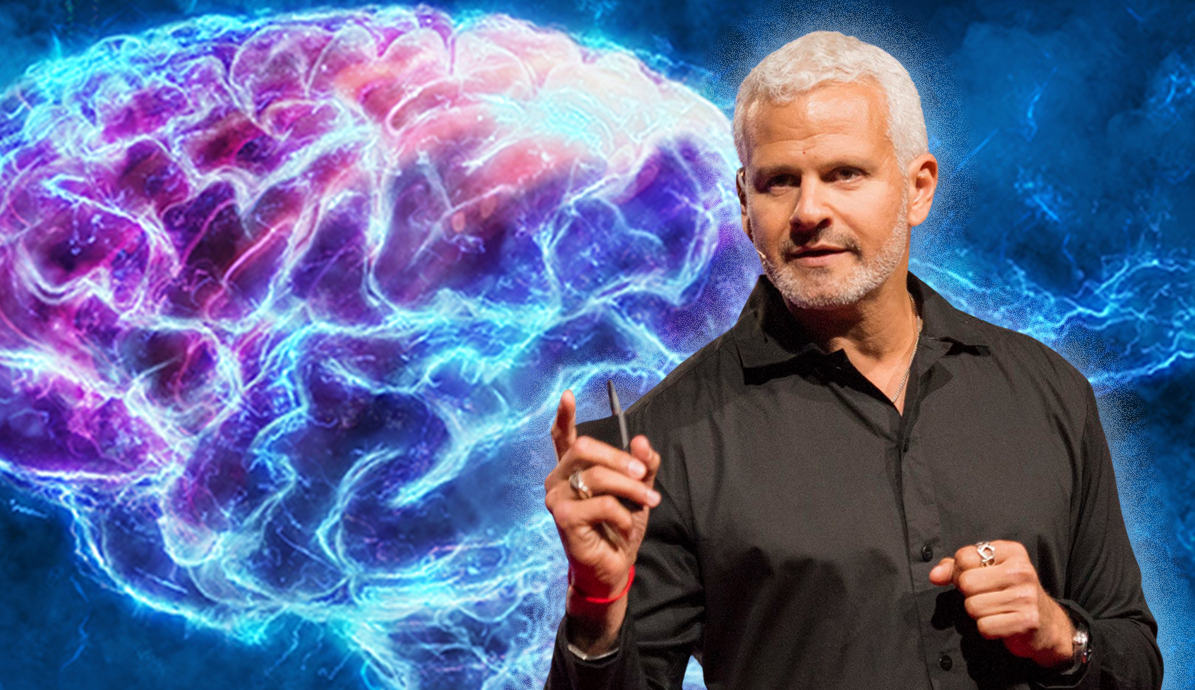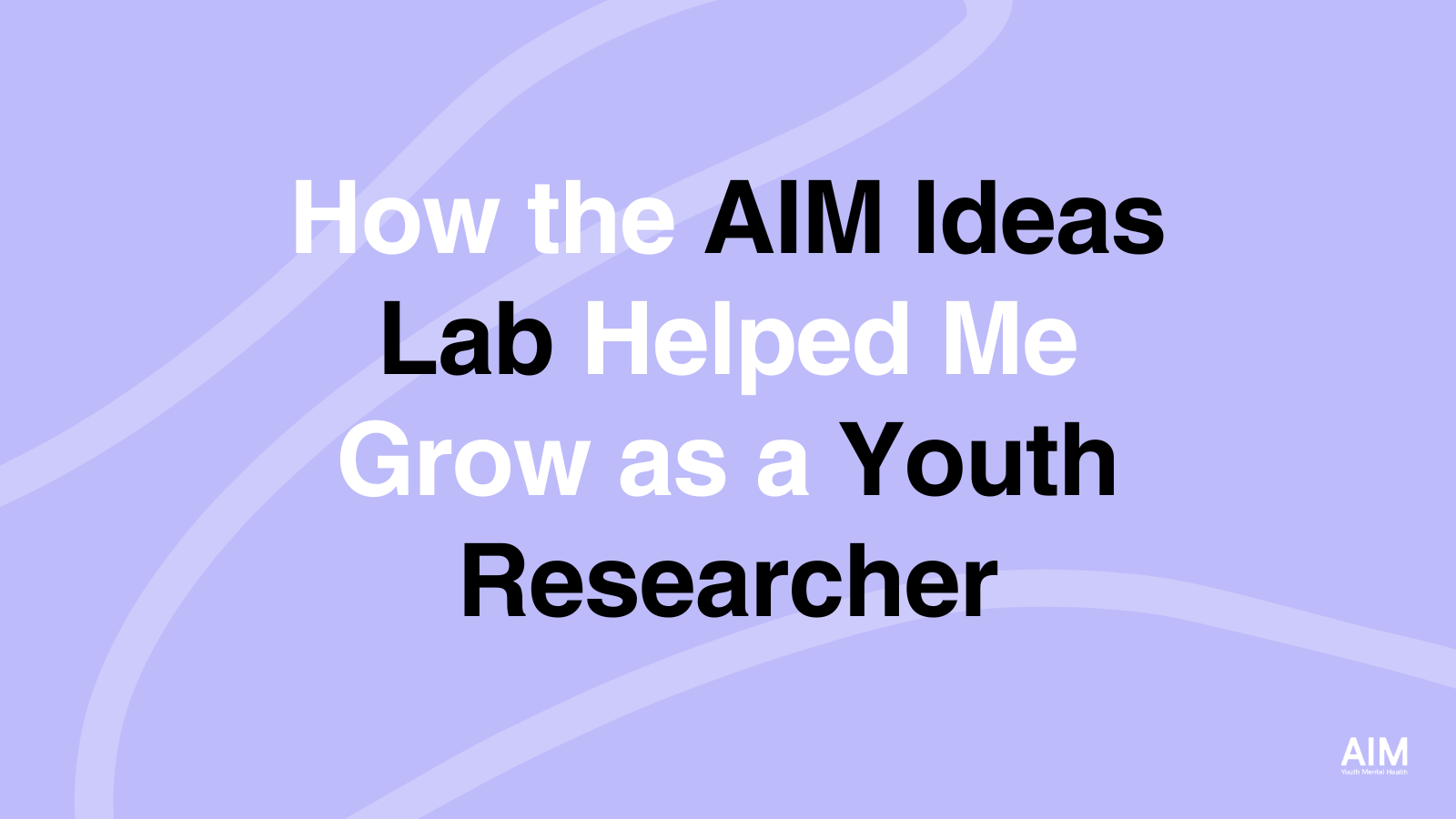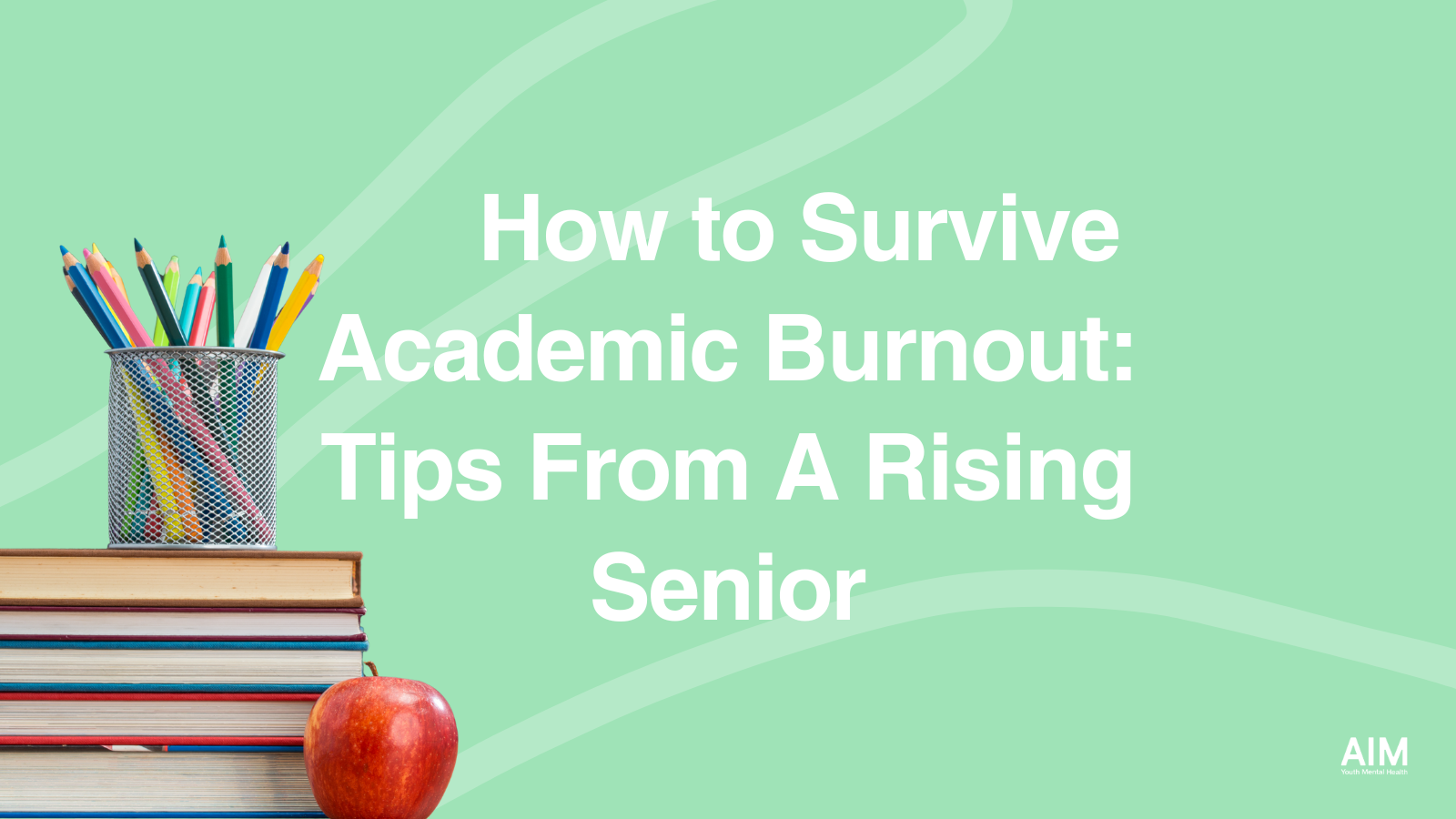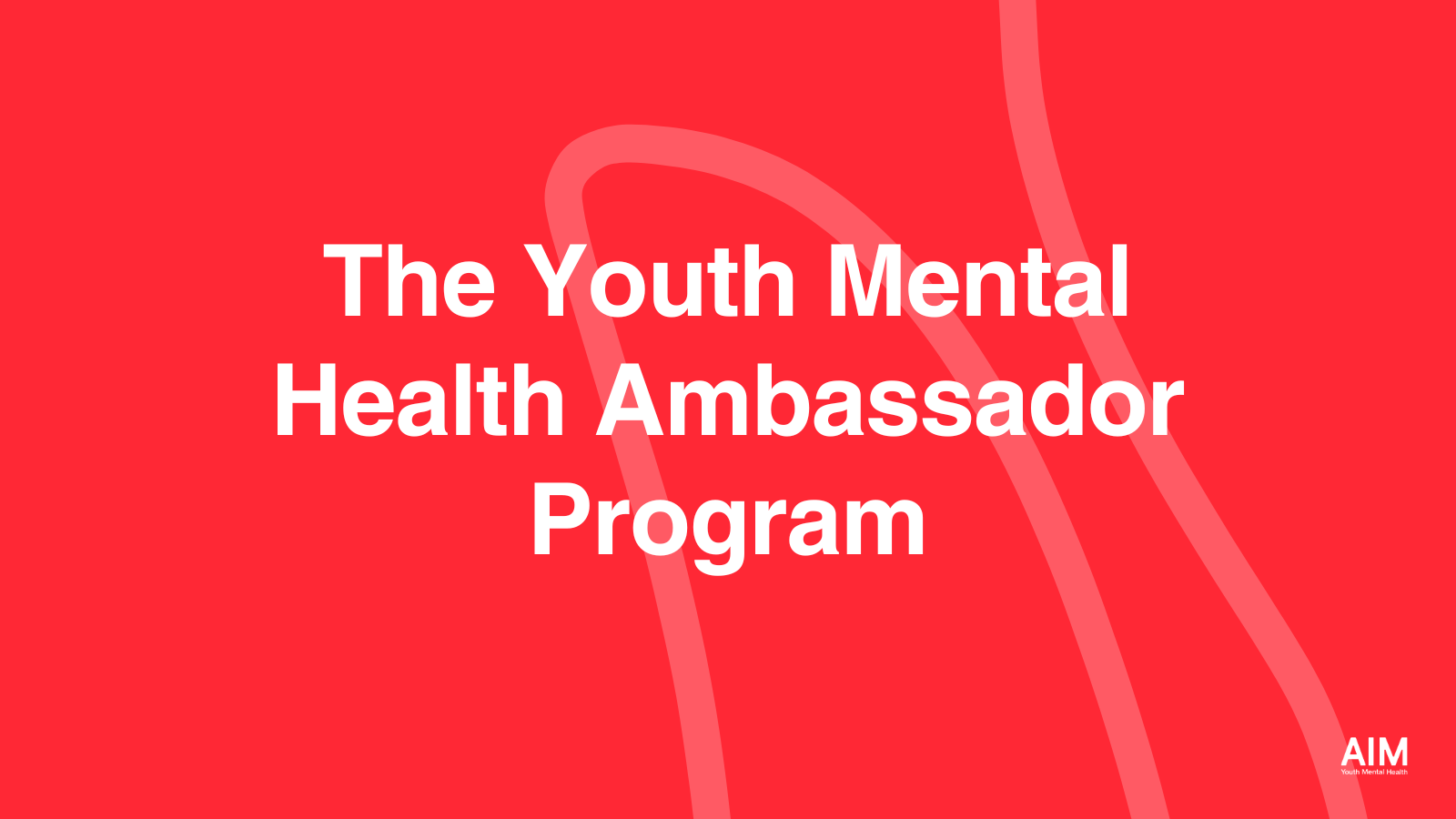What if you could use video games as a digital treatment for youth ADHD? Dr. Adam Gazzaley is making that possible by bridging the gap between neuroscience and technology.
By Sydney Stilwell
Dr. Adam Gazzaley is a Professor in Neurology, Physiology, and Psychiatry at the University of California San Francisco, and the Founder & Executive Director of Neuroscape, a translational neuroscience center at UCSF. He is also the co-founder and Chief Science Advisor of Akili Interactive Labs, a company developing therapeutic video games. Dr. Gazzaley is a member of AIM Youth Mental Health’s Scientific Advisory Board.
I spoke to Dr. Gazzaley about his innovative work in digital medicine. Here is an edited version of our conversation.
Dr. Gazzaley, it’s great to be speaking with you!
Thanks! It’s my pleasure to be here.
I want to jump right into the work you do. You focus particularly on children, their development, and ADHD, how important is prioritizing mental health in youth?
It has been important for a really long time and it’s becoming even more important today. I mean the mental health issues that children face have been ignored in the past, but they’re so clear and they’re rising and the crisis that we’re in now is aggravating it in so many ways. So, this work is critical and it’s encouraging to me that so many people are starting to recognize that.
Tell me a little bit about Neuroscape.
Neuroscape is a translational neuroscience center at UCSF engaged in both development and research to advance cutting-edge technologies as brain assessment and optimization tools (think custom designed video games). At Neuroscape, we build interactive experiences that help improve brain function, a lot of which focuses on attention in children.
That’s somewhat of a game changer – using video games for health outcomes. How did that come about?
About 12 years ago I had this idea that maybe seemed crazy at the time (but not so much now) of building a video game as a medical treatment to improve our cognition… our thinking. That original game was actually targeting attention deficit in older adults. Since then we had a paper written in Nature in 2013, and created an entire company, Akili Interactive, really devoted to bringing a video game through the medical pathway as a novel treatment.
How far have you come since that idea 12 years ago?
In 2020, we received FDA approval for this video game treatment for children with ADHD. What we’re really looking at is the first ever digital non-drug treatment for ADHD and the first video game treatment for any medical condition. So after 12 years, it’s a big moment for me as a person. t’s definitely an exciting time right now.
That’s incredible! So, you haven’t had FDA approval for very long, but what are you noticing so far? What is the research revealing?
The research that led to the approval showed that children (the study was done on 8 to 12-year-olds) that had a diagnosis of ADHD improved their ability to focus and hold their attention – which is the challenge that they face. As we know, 6 million children in the US are diagnosed with ADHD. Although we have some treatments, they are delivered through pills – which have benefits in some ways but side effects in many others. So, to be able to bring a novel treatment that has benefits on attention that doesn’t work on the same system of a molecule, really opens up a lot of opportunities for these children and their families.
 What is the game! How is it structured? What’s the goal? How does it help?
What is the game! How is it structured? What’s the goal? How does it help?
We have many different games across different domains that help different abilities. Taking lessons from real world practices – meditation inspired games, games that use physical fitness, other games that rely on music and rhythm. We love full body motion capture games that get people moving using their heart rate to guide how much they have to move.
An example of one of the games we have developed is called Engage. For Engage, we took the principles of mindfulness and meditation (that are really challenging especially for younger children) to find your breath and really focus on your breath. It starts out like any other fun game where you are moving through this alien world collecting insects and learning how they sound. Then, when you gather enough points, you close your eyes and have to detect the insects with your eyes closed, just listening to them. Basically tricking 12-year-old’s into meditating. If we just started with that it would be unacceptable. But they gradually learn that when their eyes are closed, they earn the biggest rewards. So, it slows down the reward cycles, making a more impoverished environment with less sensory stimulation… but the bigger rewards with the goal of improving attention and function.
What is the next step? Can this video game be disseminated to reach children across the country?
So now that we are FDA cleared as a video game as a medical device, in a very short while doctors will prescribe the game just like they right now write prescriptions for pills. Anyone in the US will have access to this through their physician. What is so exciting about this –besides helping all these children in need and bringing a new treatment to market—is that we are helping to shift what we think is medicine.
Shift what we think is medicine? Can you explain this further?
For a long time, including when I went to medical school, medicine was drugs. Drugs do a lot of really important things to help people’s minds and their bodies… but it’s not the only medicine that exists. We’ve really created a silo around it. So, the ability to be able to open our minds and our perspective to new treatments to me is the most gratifying. That’s a lot of what AIM really supports – innovative thinking. Not trying to be caught in this box of what we thought medicine was, but really stretching outside of it.
AIM is working with you to advance this innovation. Can you tell me how you are working together?
AIM has supported a really exciting pilot study for Neuroscape that’s being done on the Monterey Peninsula. It was delayed because of COVID, but what we’ve been able to do is actually get IRB approval to do a study where all the participants are remotely involved. An innovation in itself and a real leap in clinical trials that everyone doesn’t have to come down to a clinic to engage in them. This allows us to address much larger numbers and engage greater diversity.
As a doctor and innovative thinker, what is your hope for the future of digital medicine?
There are so many unanswered questions. We want to see doctors start to embrace this and insurance companies reimbursing it. That’s one of our next big challenges. Then the benefit that it has on these children is the type of thing we need to observe in the real world, not just in clinical trials.
The thing that we don’t know yet but is very interesting is how this digital medicine will interact with drugs. Will we be able to decrease the dosages of these molecular treatments to minimize the side effects and have the game and the drug work synergistically together? Then there is also behavioral treatment. There are so many unknowns.
I’m much more excited to think about how to bring all these treatments together and stop trying to put each of them in their own silo.
What do you say to parents, families, and friends, who are looking for mental health help and hope?
I say that it’s really important for people to take the difficulties that their children have very seriously. Don’t just think, “Oh, they’re kids.” Same thing with the other end of the age spectrum. We should be functioning as high as possible, as happy as possible, as interactive with the people around us as we can be. So, if there are challenges, they should be taken seriously and although there aren’t necessarily the perfect solution’s right now, I think that there should be optimism and hope.
I am aware of so many researchers around the world that are doing really cutting-edge, innovative work to try to advance these fields. I think that over the next five years we will be seeing so many new, exciting treatments. Try to keep an open mind about them. They’re not going to be for everyone, but it’s really important just to try to let go of biases and think about treatments in new ways.
What sort of future would we see with funded research? How will they shape future generations?
Research has allowed us to take this idea of bridging technology and neuroscience to the next level. Of course, we use mobile games because they are so accessible, but we also use virtual reality, augmented reality, we use biosensors to capture richer data about yourself, including brain recordings. Through research and innovation, we have been able to incorporate brain data directly into the video game, so the game is adapting, challenging and rewarding – not just based on your performance, but based on how your brain is working. We use machine learning and artificial intelligence to guide these systems. This is the future of how we will improve brain function and doctors will think about this in the same way that they think about their current medicines.
Now that the technology is established, we are taking it and these ideas and this new type of medicine around the world to countries where we currently struggle to get doctors and pharmaceuticals. There is so much accessibility in this type of digital medicine treatment. But it is really complicated to do these kinds of studies without research funding.
How important is funding youth mental health research?
It’s so critical. Look, there are treatments available, undoubtedly, but the need is still very high and it’s growing. The path forward to really make an impact is through research. That’s what AIM’s mission is – to help stimulate the really cutting-edge research that’s going to make a major difference in these children’s lives.
From the AIM team, thank you so much, Dr. Gazzaley!
Watch Dr. Gazzaley’s video interview here:





